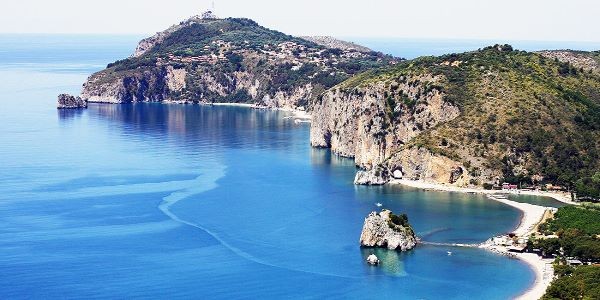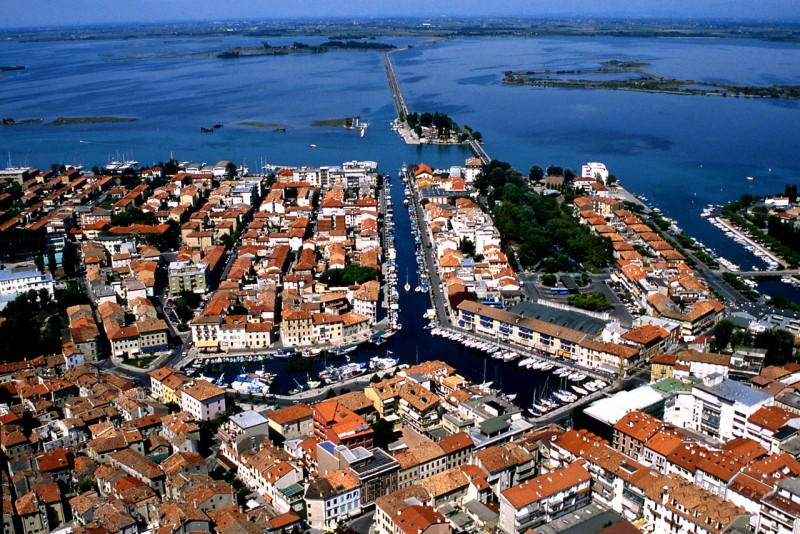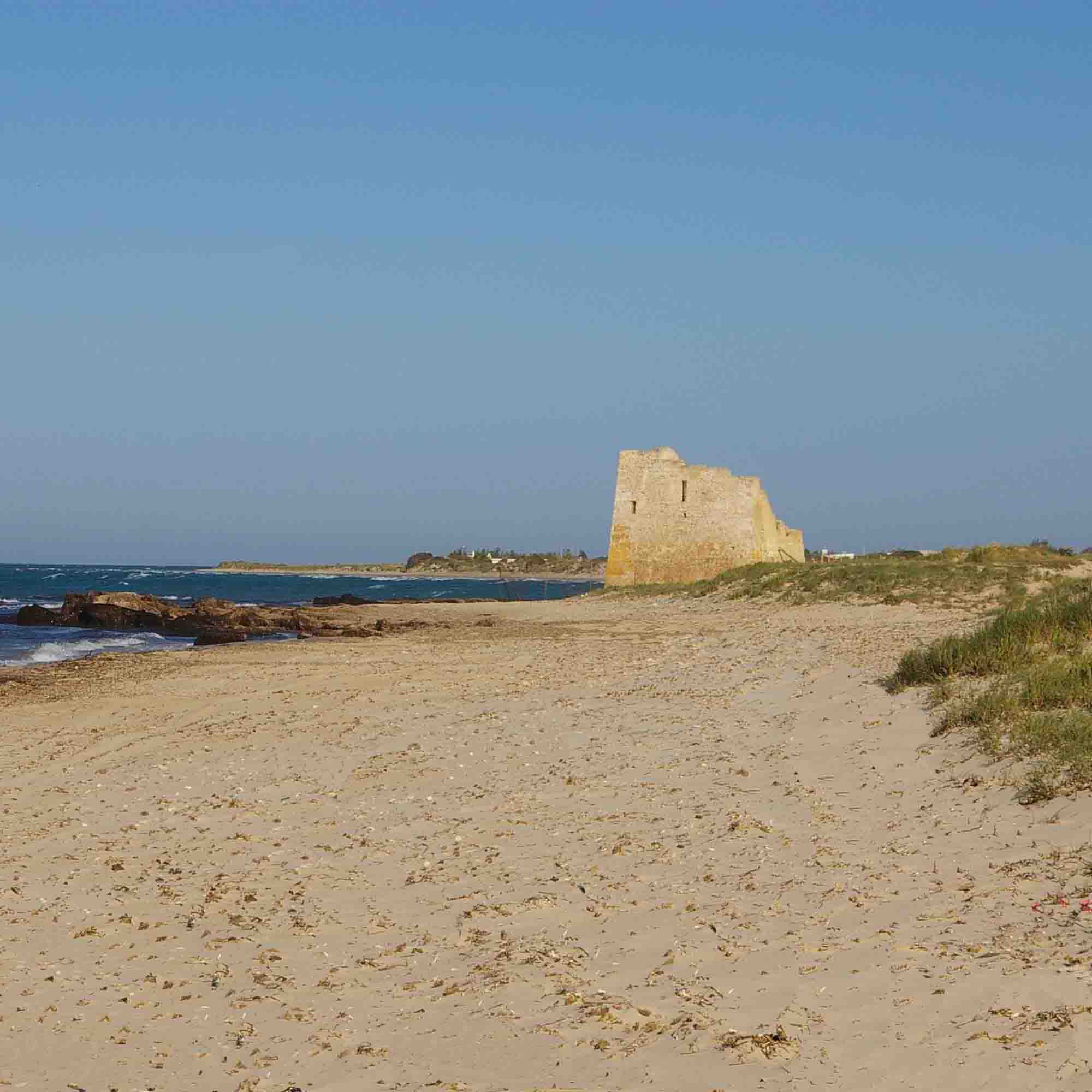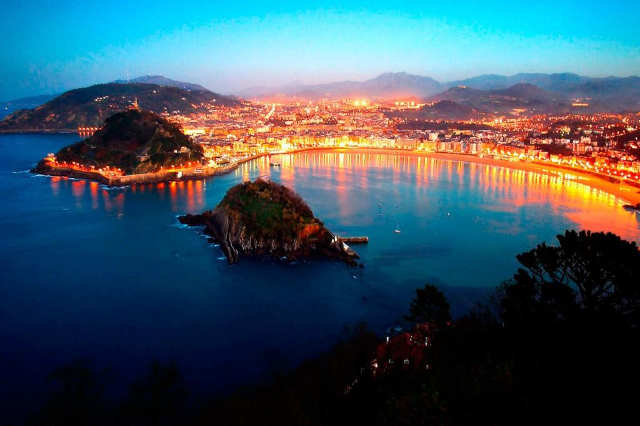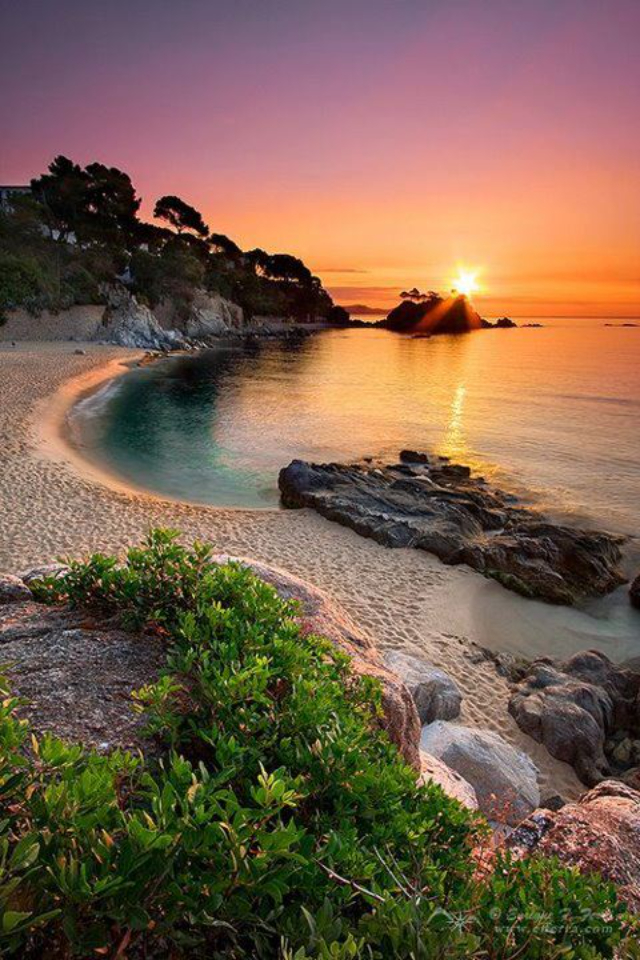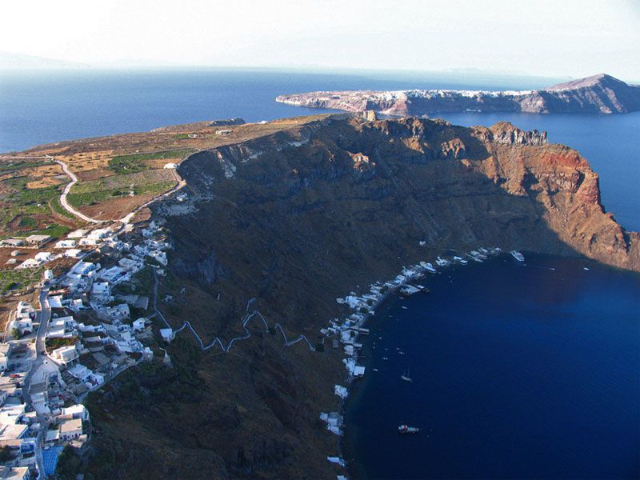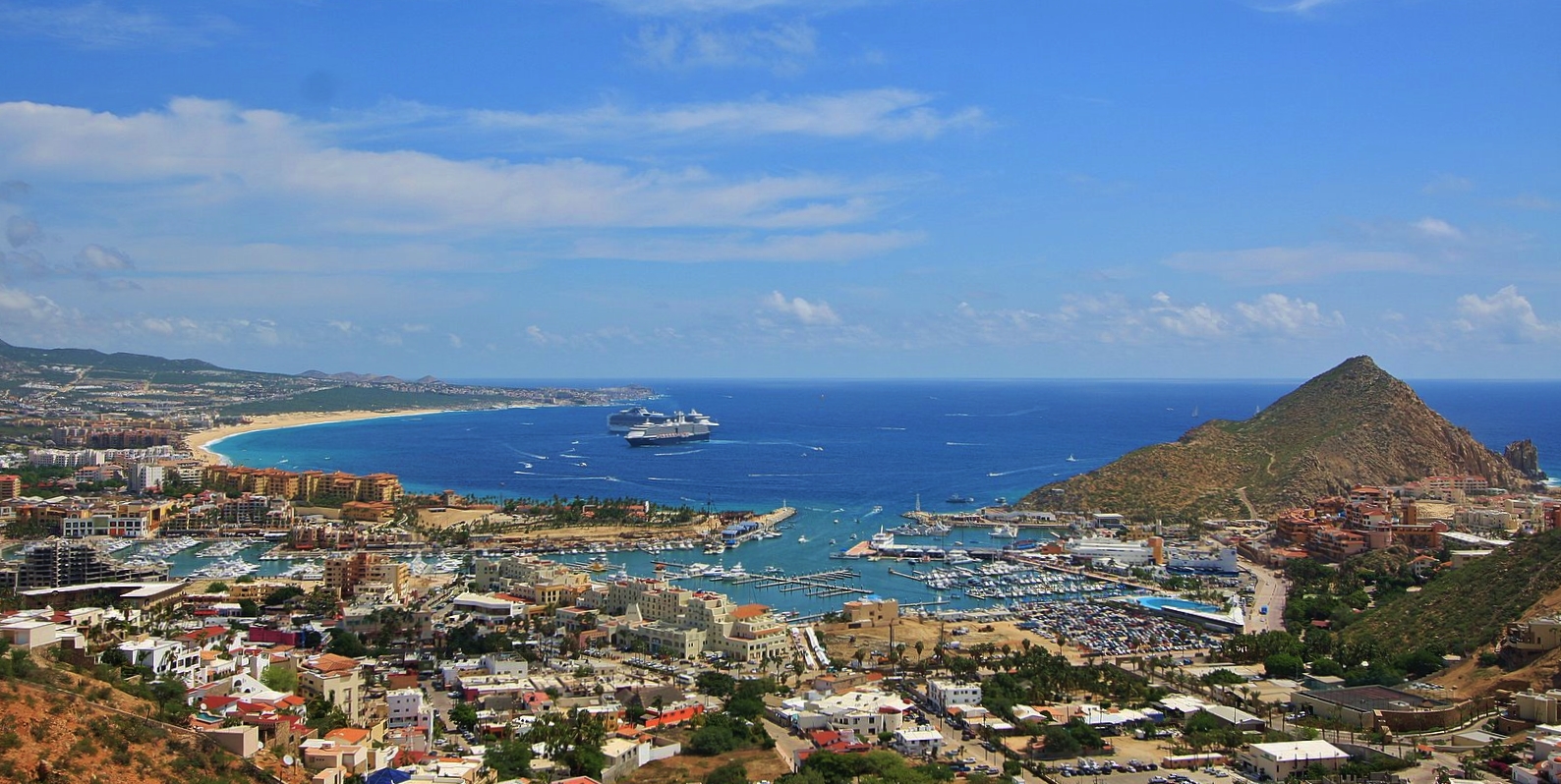Palinuro is part of the municipal district of the municipality of Centola. It is one of those many cases in which the hamlet, for some special reason, assumes greater importance than the municipal capital. In our case the reason is very special, as the wild beauty of the territory of Cape Palinuro is unparalleled, and the history and legends that hover there help to perpetuate the charm of these places.
An immense arc of jagged rock juts out into the sea to protect a bay that is shelter and natural harbor for sailors, and such it must have appeared even in distant times to the Argonauts, Phoenicians, and Greeks who frequented these places.
The Cape preserves signs of very distant human settlements, with tombs dating from around the fifth century B.C. and archaeological finds that show how the beauty and strategic position of the harbor favored the settlement of a Greek colony. The very name of the locality calls to mind the figure of Aeneas’s helmsman, Palinurus precisely, who fell in love with a beautiful maiden named Kamaratòn, chasing her image all the way to the bottom of the cliffs of the Cape, which has since been named after him. This beauty is lavishly profused in the fiery sunsets, the shape of the rocky bays, the natural arch lit up against the light, and the white beaches that rank this resort as one of the most beautiful in the world.
But Palinuro is not only sea; the rugged and strong character of the coast is characterized by the Mediterranean scrub, which among myrtle bushes, broom and heather, also includes a true rarity, the famous "Primula Palinuri" an original flower that grows only in this area.
Pushing into the Mingardo Valley, through the Devil’s Gorge, one encounters the medieval village of San Severino, the only village preserved almost intact since it was abandoned due to continuous landslides. The castle dates back to the 11th century and witnessed the events involving the Normans Guimondo and Gisulfo in the struggle for lordship over these quarters.
Today Palinuro is a center that entrusts its resources essentially to tourism, sustained by a mild climate that allows one to enjoy the sea for ten months of the year and a splendid unspoiled nature where many facilities receive visitors with hotel accommodations, campsites and, recently, with the new formula of agritourism, which allows one to fully know the hospitality of the Cilento people, and to taste in the production area oil, wine and natural products that are the basis of the healthy Southern Diet.
